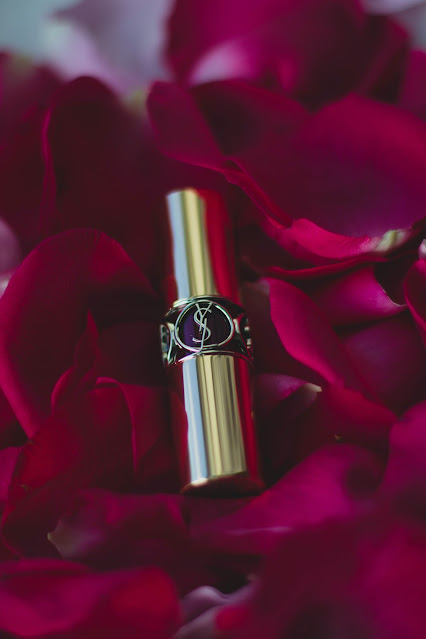Magenta: The Color of Creativity, Energy, and Passion
Colors have a powerful impact on human behavior and emotions. Each color has a unique psychological meaning and can evoke a range of feelings and emotions. One color that stands out for its unique psychological impact is magenta.
Magenta is a vibrant shade of pinkish-purple that is often associated with creativity, energy, and passion. In color psychology, magenta is considered a transformative color that stimulates the imagination and inspires creative thinking. It is also believed to have a calming effect on the mind and can help to reduce stress and anxiety.
So, why does magenta have such a unique psychological impact on behavior and emotions? One reason is that it is a highly attention-grabbing color. Magenta is bold and vibrant, making it a popular choice for logos and advertisements. It is a color that stands out and commands attention, making it an effective tool for marketers and merchandisers.
Another reason is that magenta is linked to emotional balance and harmony. It is believed to have a calming effect on the mind, which can help to reduce stress and anxiety. This makes it a popular choice for meditation and yoga practices, where it is used to enhance focus and concentration.
Magenta is also associated with creativity and inspiration. It is believed to stimulate the imagination and inspire new ideas, making it a popular color in the art and design world. It is often used to convey a sense of originality and innovation.
In terms of personality traits, magenta is linked to individuals who are creative, imaginative, and passionate. It is also associated with intuition, spirituality, and emotional balance. This makes it a popular choice for brands and products that cater to these traits, such as fashion, beauty, and technology.
So, how can magenta be used in marketing and merchandising? Here are a few ideas:
- Use magenta as an accent color to draw attention to key elements of your brand or product.
- Use magenta as a dominant color to convey a sense of energy and excitement.
- Pair magenta with complementary colors such as green or blue to create a sense of balance and harmony.
- Pair magenta with contrasting colors such as yellow or orange to create a bold and dynamic contrast.
Ultimately, the best way to use magenta in marketing and merchandising depends on the specific goals and objectives of the project. However, by understanding the psychology of magenta and how it can impact human behavior and emotions, brands and marketers can create effective and engaging campaigns that resonate with their target audience.
In conclusion, magenta is a color that evokes a range of emotions and can have a powerful impact on our behavior and perception. It is a color that stands out and commands attention, making it a popular choice in marketing and merchandising. By using magenta effectively, brands and marketers can create a strong visual identity for their products and services, and connect with their audience on an emotional level.
Thank you for taking the time to read our blog on the psychology of magenta and its impact on marketing and merchandising. We hope you found it informative and insightful. Make sure to check out our other blogs on similar topics and share your thoughts with us. Join our community to stay up-to-date with the latest trends and insights
From passion to calm: Exploring the emotional power of colors
Unlocking the power of color: A deep dive into the psychology behind our palette
The art of mixing and matching: How color combinations can help you communicate your message
Color wheels: Understanding the basic of color theory
Mastering art of graphic design: Key characteristics and skills of successful designers

Comments
Post a Comment
Thank you for taking the time to leave a comment on our website. We appreciate your feedback and value your opinion. Please keep in mind that all comments are subject to moderation and we reserve the right to edit or delete any comments that violate our community guidelines. We encourage open and respectful discussion, so please be mindful of others when commenting. Thank you again for your contribution to our community.